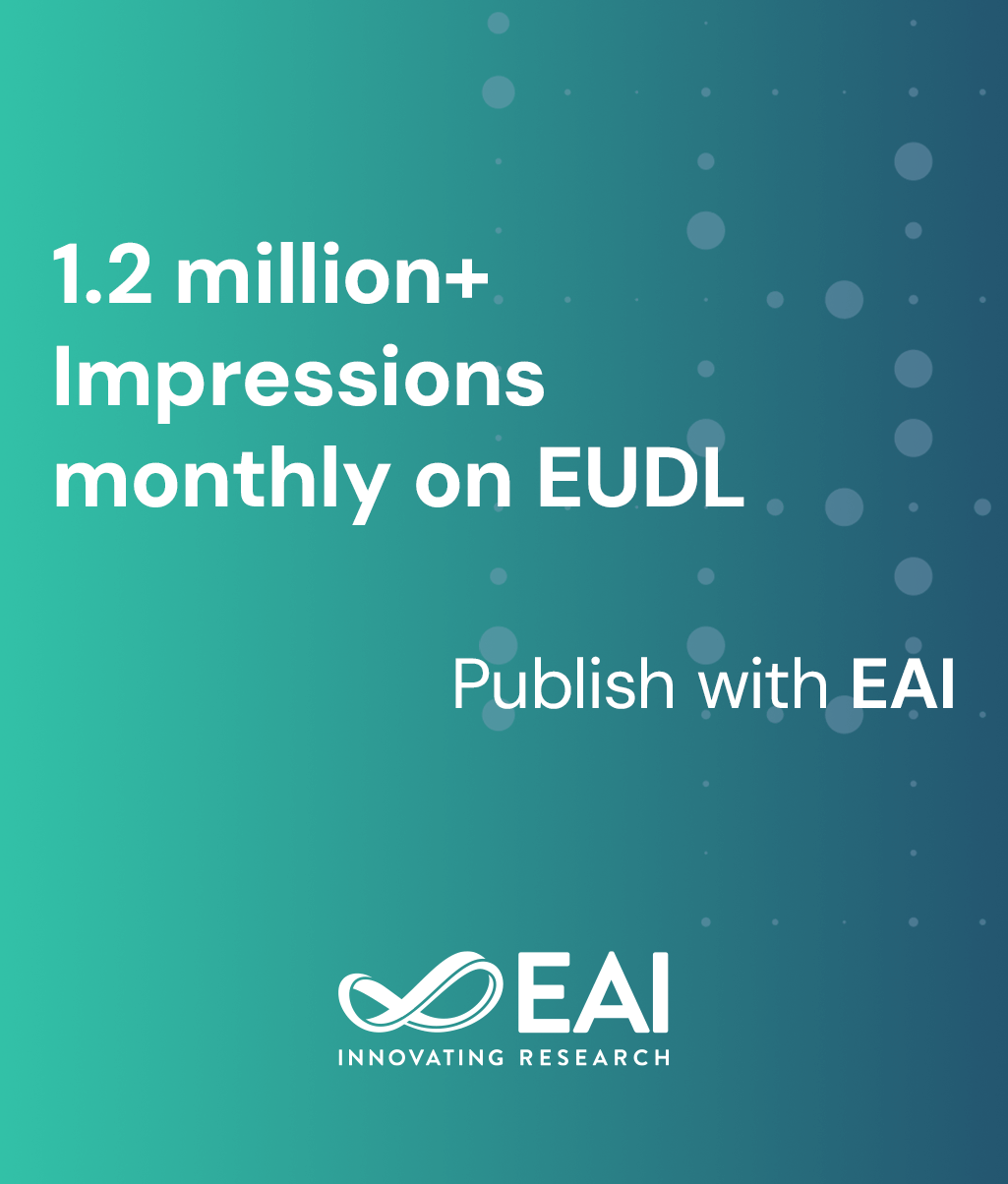
Research Article
Psychological and Physiological Outcomes of Benevolent Childhood Experiences: A Scoping Review
@INPROCEEDINGS{10.4108/eai.24-7-2024.2354307, author={Fika Nadia Tirta Maharani and Suparno Suparno and Hastaning Sakti and Dian Veronika Sakti Kaloeti}, title={Psychological and Physiological Outcomes of Benevolent Childhood Experiences: A Scoping Review}, proceedings={Proceedings of the 5th International Conference on Psychological Studies, ICPSYCHE 2024, 24 -- 25 July 2024, Semarang, Central Java, Indonesia}, publisher={EAI}, proceedings_a={ICPSYCHE}, year={2024}, month={12}, keywords={benevolent childhood experiences emotions mental health physiological}, doi={10.4108/eai.24-7-2024.2354307} }- Fika Nadia Tirta Maharani
Suparno Suparno
Hastaning Sakti
Dian Veronika Sakti Kaloeti
Year: 2024
Psychological and Physiological Outcomes of Benevolent Childhood Experiences: A Scoping Review
ICPSYCHE
EAI
DOI: 10.4108/eai.24-7-2024.2354307
Abstract
Research in benevolent childhood experiences or positive childhood experiences has gain much attention to buffer the detrimental effects of childhood adverisities. The current scoping review aims to present the current state of knowledge on the impacts of benevolent childhood experiences towards psychological and physiological outcomes in adolescents and adults. Articles retrieved from Scopus, PubMed, Proquest, and ScienceDirect published from 2010- 2024 were systematically identified based on PRISMA Guidelines. Five hundred and twenty articles were retrieved and eleven full-text articles were analyzed. Benevolent childhood experiences or positive childhood experiences were predictive of ideal cardiovascular health at midlife and on cognitive functions. This interrelation could be explained paralleled with the effects of benevolent childhood experiences towards psychological outcomes that has the potential to foster a sense of control, resilience and self- efficacy. There are numerous positive psychological and physiological outcomes of benevolent childhood experiences in adolescents and adults.


